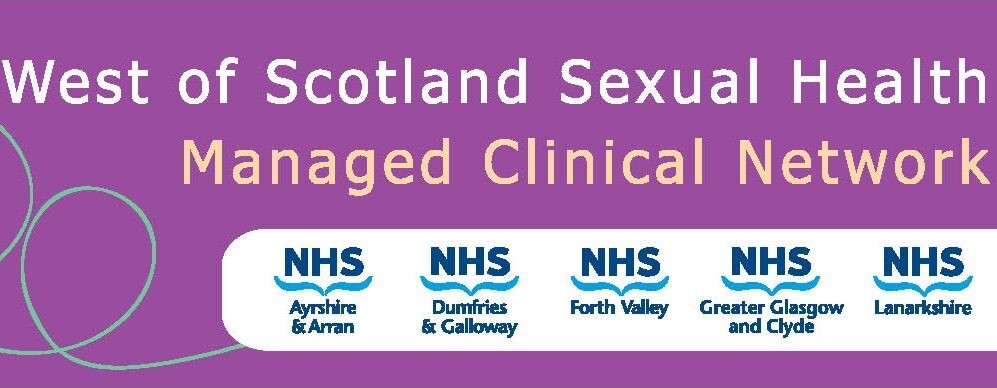In General
- No treatment may be an option, as about 30% of patients will experience spontaneous clearance of warts over a period of up to 6 months. However most patients seek treatment for the discomfort, anxiety, distress or the social unacceptability that warts cause.
- The objective of treatment is removal of visible warts. Eradication of HPV is not an achievable goal with current therapies and treatment has no measurable effect on transmission rates between partners.
- The evidence base to direct first and second line treatments is not strong
- All treatments have significant failure and relapse rates see Results of randomized controlled trials of therapies
- Treatment may involve discomfort and local skin reactions
- Treatment choice depends on the patient preference as well as morphology, number, and distribution of warts
- Treatment decisions should be made after discussing the appropriate options with the patient
- Provision of written information on management of treatment side effects is recommended
- Very large wart lesions should be considered for surgical treatment
- Topical anaesthetics (eg lidocaine cream, EMLA®) can be used prior to cryotherapy particularly when treating larger lesions.
- Caution should be exercised using any modality of treatment because of the danger of oedema and necrosis of surrounding tissue.
